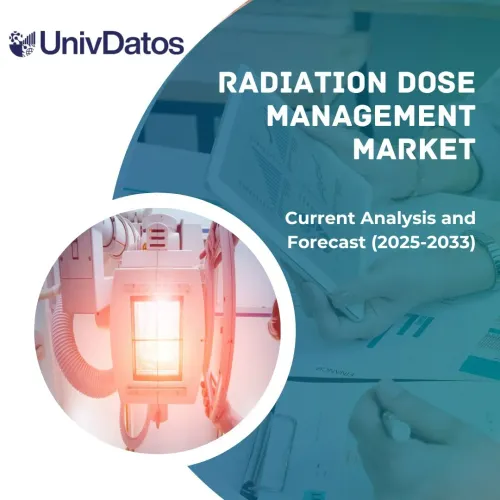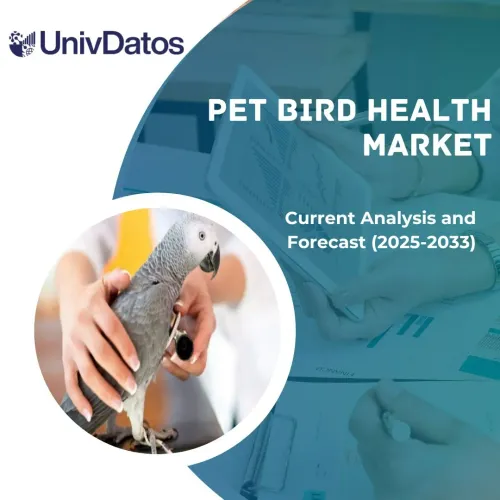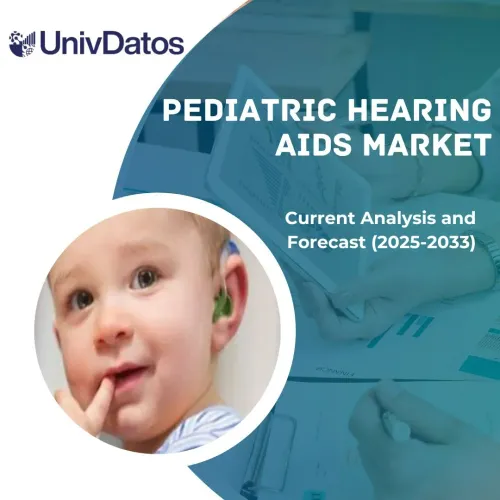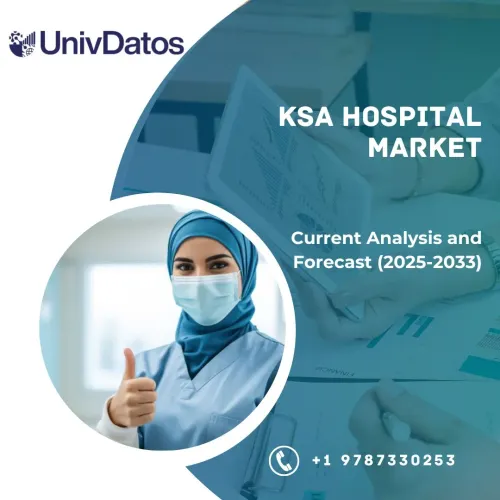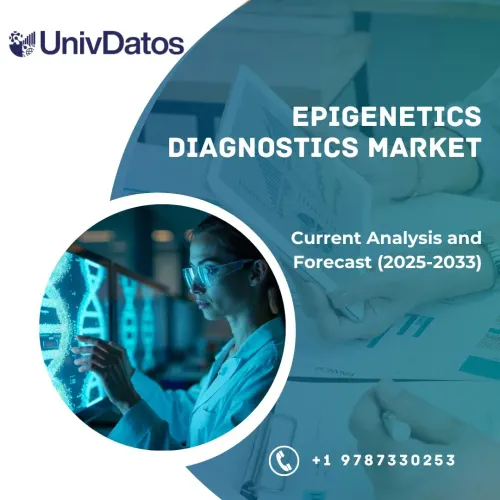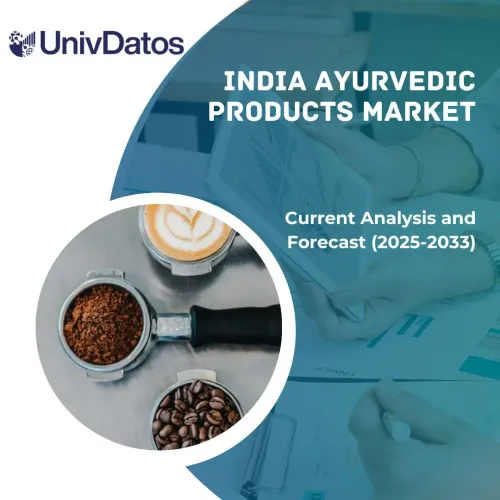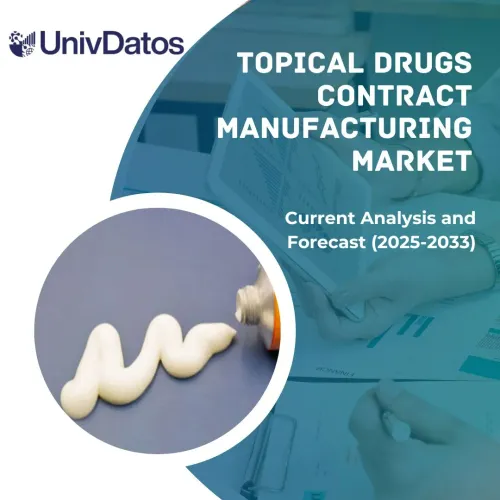Рынок тканевой диагностики в регионе MENA: текущий анализ и прогноз (2024–2032)
Акцент на продукцию (инструменты, расходные материалы и реагенты); технологию (иммуногистохимия, гибридизация in situ, цифровая патология и управление рабочим процессом, прочее); применение (рак предстательной железы, рак молочной железы, рак легких, рак желудка, другие виды рака); конечный пользователь (диагностические лаборатории, больницы, контрактные исследовательские организации (КИО), прочее); страна
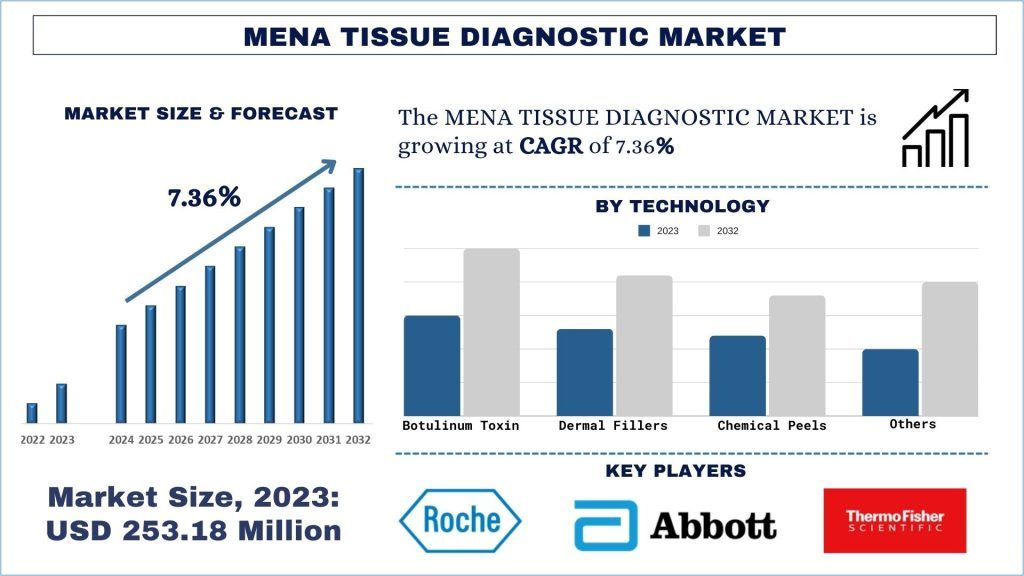 Размер и прогноз рынка тканевой диагностики в регионе MENA
Размер и прогноз рынка тканевой диагностики в регионе MENA
Объем рынка тканевой диагностики в регионе MENA в 2023 году оценивался в 253,18 млн долларов США, и ожидается, что в течение прогнозного периода (2024–2032 гг.) он будет расти со среднегодовым темпом роста (CAGR) 7,36% из-за растущей распространенности рака, инвестиций в инфраструктуру здравоохранения и создания передовых диагностических учреждений.
Анализ рынка тканевой диагностики в регионе MENA
Тканевая диагностика включает в себя исследование образцов тканей, взятых у пациентов, для выявления таких заболеваний, как рак и инфекционные заболевания. В регионе MENA наблюдается рост заболеваемости раком, вызванный такими факторами, как рост населения, старение и изменения образа жизни.В 2022 году Национальный институт здравоохранения заявил, что в арабских странах было зарегистрировано 463 675 новых случаев заболевания раком, что соответствует 2,4% от общемировой заболеваемости. Стандартизованный по возрасту показатель заболеваемости (ASIR) для женщин арабского происхождения составил 137,7/100 000, по сравнению с показателем 186/100 000 для населения WFCs.Многие страны региона MENA инвестируют в свою инфраструктуру здравоохранения, включая диагностические учреждения. С достижениями в области молекулярной диагностики наблюдается растущая тенденция к персонализированной медицине, которая предполагает разработку планов лечения с учетом индивидуальных характеристик пациентов. Ожидается, что этот сдвиг приведет к увеличению спроса на молекулярные тесты тканевой диагностики в регионе MENA.
Кроме того, правительства и частный сектор инвестируют в модернизацию инфраструктуры здравоохранения, включая диагностические учреждения, оснащенные передовыми технологиями тканевой диагностики. Кроме того, предпринимаются усилия по повышению квалификации медицинских работников посредством учебных программ и партнерских отношений с международными учреждениями для обеспечения квалифицированной эксплуатации технологий тканевой диагностики.
Тренды рынка тканевой диагностики в регионе MENA
В этом разделе обсуждаются основные тенденции рынка, которые влияют на различные сегменты рынка тканевой диагностики в регионе MENA, как это определено нашей командой экспертов-исследователей.
Расходные материалы и реагенты, преобразующие отрасль
Поскольку объем тестов тканевой диагностики продолжает расти, растет и спрос на расходные материалы и реагенты. Кроме того, с ростом внедрения молекулярной диагностики в тканевую диагностику растет спрос на специализированные реагенты, адаптированные к приложениям молекулярного тестирования. Рынок расходных материалов и реагентов в тканевой диагностике также подпитывается такими факторами, как растущая распространенность хронических заболеваний, достижения в области диагностических методик и расширение инфраструктуры здравоохранения.Например, в феврале 2022 года, согласно статье, опубликованной Американским обществом клинической онкологии, более 436 миллионов человек в регионе Ближнего Востока и Северной Африки больны раком, причем мужчины составляют 51,8% от общего числа случаев, а женщины — оставшиеся 48,2% в Саудовской Аравии. Новые случаи заболевания раком составили 463 675 в общей сложности, что соответствует 2,4% от общемирового числа случаев, при этом рак у мужчин составил 47,3% от этого числа, по сравнению с 52,7% в мире..
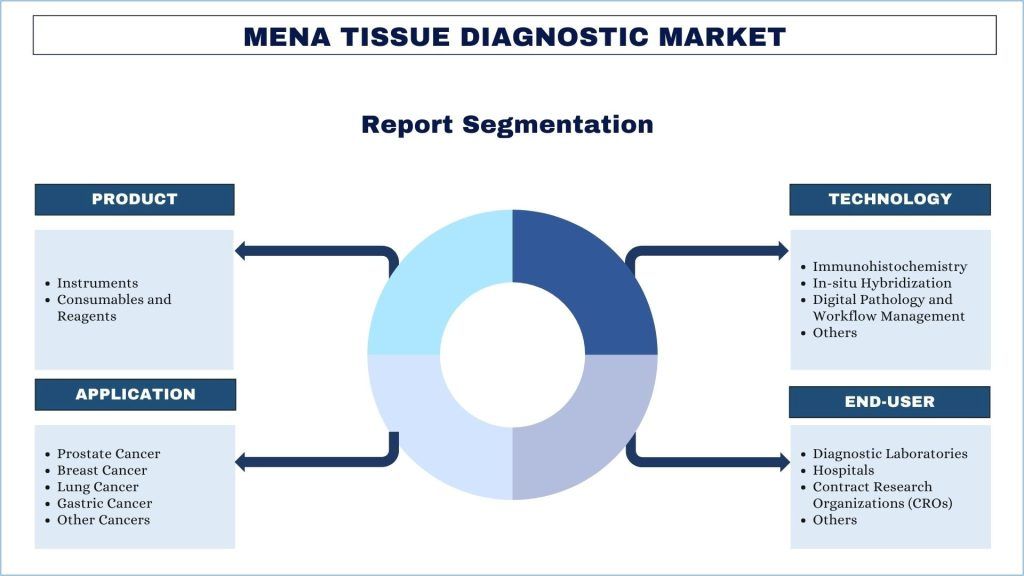
Ожидается, что ОАЭ будут расти со значительным среднегодовым темпом роста в течение прогнозного периода
Ожидается, что ОАЭ будут расти со значительным среднегодовым темпом роста в течение прогнозного периода (2024–2032 гг.). Обладая быстро растущим населением и уделяя особое внимание развитию инфраструктуры здравоохранения, ОАЭ стали центром медицинских инноваций и передовой диагностики. Приверженность страны передовому опыту в области здравоохранения очевидна благодаря таким инициативам, как Стратегия здравоохранения Дубая на 2021 год, которая отдает приоритет внедрению инновационных технологий для улучшения ухода за пациентами. Ранняя диагностика заболеваний и планирование персонализированного лечения соответствуют видению ОАЭ в отношении профилактического здравоохранения и прецизионной медицины.Например, в феврале 2021 года Ассоциация передовых медицинских технологий (AdvaMed) подписала меморандум о взаимопонимании, вступив в официальные отношения с MECOMED, торговой ассоциацией медицинских устройств, визуализации и диагностики стран Ближнего Востока и Африки. Сотрудничество способствовало обмену информацией между обеими организациями и расширило возможности для укрепления этого рынка.Кроме того, стратегическое расположение ОАЭ и процветающий сектор медицинского туризма еще больше способствуют спросу на услуги тканевой диагностики, привлекая пациентов со всего региона, ищущих медицинские учреждения и опыт мирового класса.
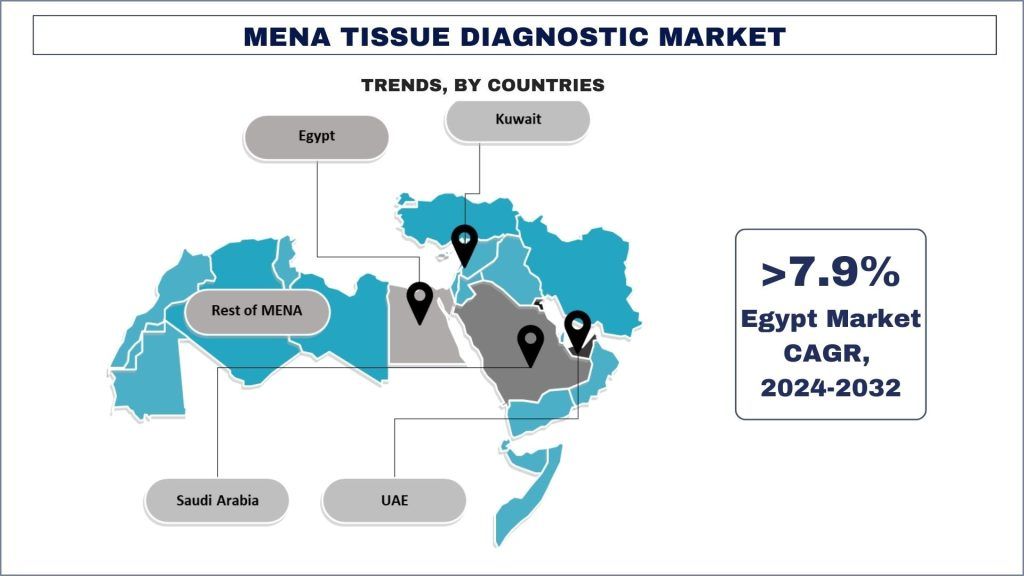
Обзор отрасли тканевой диагностики в регионе MENA
Рынок тканевой диагностики в регионе MENA является конкурентным и фрагментированным, с присутствием нескольких игроков рынка из MENA и международных игроков. Ключевые игроки принимают различные стратегии роста для расширения своего присутствия на рынке, такие как партнерства, соглашения, сотрудничество, запуск новых продуктов, географическая экспансия, слияния и поглощения. Некоторые из основных игроков, работающих на рынке: Roche Diagnostics Middle East, Abbott, Agilent Technologies, Inc., Thermo Fisher Scientific Inc., Danaher Corporation, Siemens Healthineers AG, Koninklijke Philips N.V., The Menarini Group, Sakura Finetek USA, Inc., AFMS (Abdulla Fouad For Medical Supplies & Services).
Новости рынка тканевой диагностики в регионе MENA
- Январь 2024 г.: приобретение Roche технологии point-of-care тестирования LumiraDx за потенциальные 350 миллионов долларов США и покупка Cytek Biosciences бизнеса цитометрии потока DiaSorin Luminex за 46,5 миллионов долларов США свидетельствуют о сделках меньшего масштаба.
- В августе 2022 г.: Al-Futtaim Health и Abbott объявили о стратегическом партнерстве, направленном на улучшение стандартов передовой лабораторной диагностики в Дубае. Цель состоит в том, чтобы предоставить все: от доступа к эффективным, надежным и экономичным услугам патологических исследований до передового ухода за пациентами.
- В феврале 2021 года Ассоциация передовых медицинских технологий (AdvaMed) подписала меморандум о взаимопонимании, вступив в официальные отношения с MECOMED, торговой ассоциацией медицинских устройств, визуализации и диагностики стран Ближнего Востока и Африки. Сотрудничество способствовало обмену информацией между обеими организациями и расширило возможности для укрепления этого рынка.
- В 2021 году Medovate, производитель медицинских устройств в Великобритании, объявила о партнерстве на Ближнем Востоке. Специалист из Кембриджа объединился с компанией Omneya Medical Co. из Кувейта для распространения своего устройства SAFIRA (SAFer Injection for Regional Anesthesia) в стране Персидского залива.
Обзор отчета по рынку тканевой диагностики в регионе MENA
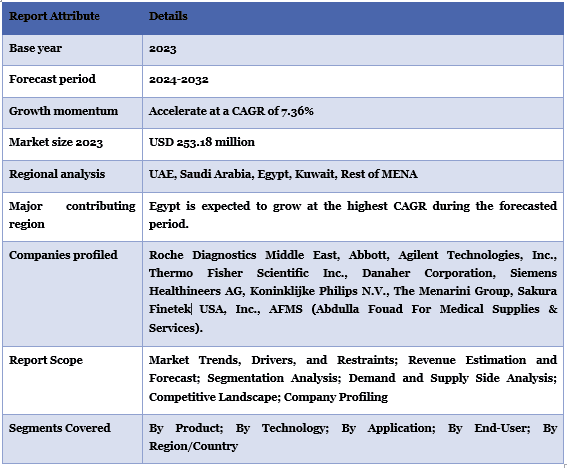
Причины купить этот отчет:
- Исследование включает анализ размеров рынка и прогнозирование, подтвержденные аутентифицированными ключевыми отраслевыми экспертами.
- Отчет представляет краткий обзор общей производительности отрасли с первого взгляда.
- Отчет содержит углубленный анализ выдающихся отраслевых коллег с основным акцентом на ключевые финансовые показатели бизнеса, продуктовые портфели, стратегии расширения и последние события.
- Подробное изучение факторов, ограничений, ключевых тенденций и возможностей, преобладающих в отрасли.
- Исследование всесторонне охватывает рынок по различным сегментам.
- Углубленный анализ отрасли на региональном уровне.
Варианты настройки:
Рынок тканевой диагностики в регионе MENA может быть дополнительно настроен в соответствии с требованиями или любым другим сегментом рынка. Кроме того, UMI понимает, что у вас могут быть собственные бизнес-потребности, поэтому не стесняйтесь обращаться к нам, чтобы получить отчет, который полностью соответствует вашим требованиям.
Содержание
Методология исследования для анализа рынка тканевой диагностики в регионе MENA (2024-2032 гг.)
Анализ исторического рынка, оценка текущего рынка и прогнозирование будущего рынка тканевой диагностики в регионе MENA были тремя основными шагами, предпринятыми для создания и анализа внедрения тканевой диагностики в регионе MENA. Для сбора исторических данных о рынке и оценки текущего размера рынка были проведены исчерпывающие вторичные исследования. Во-вторых, для подтверждения этих данных были приняты во внимание многочисленные выводы и предположения. Кроме того, были проведены исчерпывающие первичные интервью с экспертами отрасли по всей цепочке создания стоимости рынка тканевой диагностики в регионе MENA. После предположения и проверки данных о рынке посредством первичных интервью мы применили подход «сверху вниз/снизу вверх» для прогнозирования общего размера рынка. После этого были приняты методы разбивки рынка и триангуляции данных для оценки и анализа размера рынка сегментов и подсегментов, относящихся к отрасли. Подробная методология объясняется ниже:
Анализ размера исторического рынка
Шаг 1: Углубленное изучение вторичных источников:
Было проведено подробное вторичное исследование для получения исторических данных о размере рынка тканевой диагностики в регионе MENA из внутренних источников компании, таких какгодовые отчеты и финансовые отчетности, презентации результатов, пресс-релизы и т. д.и внешних источников, включаяжурналы, новости и статьи, правительственные публикации, публикации конкурентов, отраслевые отчеты, сторонние базы данных и другие заслуживающие доверия публикации.
Шаг 2: Сегментация рынка:
После получения исторических данных о размере рынка тканевой диагностики в регионе MENA мы провели подробный вторичный анализ для сбора исторических данных о рынке и доли для различных сегментов и подсегментов для основных регионов. Основные сегменты включены в отчет как продукт, технология, применение и конечный пользователь. Далее были проведены анализы на уровне стран для оценки общего внедрения моделей тестирования в этом регионе.
Шаг 3: Факторный анализ:
После получения исторических данных о размере рынка различных сегментов и подсегментов мы провели подробныйфакторный анализдля оценки текущего размера рынка диагностики тканей в регионе MENA. Далее, мы провели факторный анализ с использованием зависимых и независимых переменных, таких как продукт, технология, применение и конечный пользователь рынка диагностики тканей в регионе MENA. Был проведен тщательный анализ сценариев спроса и предложения с учетом ведущих партнерств, слияний и поглощений, расширения бизнеса и запуска продуктов в секторе рынка диагностики тканей в регионе MENA по всему миру.
Оценка и прогноз текущего размера рынка
Определение текущего размера рынка:Основываясь на практических выводах из вышеуказанных 3 шагов, мы пришли к текущему размеру рынка, ключевым игрокам на рынке диагностики тканей в регионе MENA и долям рынка сегментов. Все необходимые доли, разбивки и деления рынка были определены с использованием вышеупомянутого вторичного подхода и были проверены посредством первичных интервью.
Оценка и прогнозирование:Для оценки и прогнозирования рынка веса были присвоены различным факторам, включая драйверы и тенденции, ограничения и возможности, доступные для заинтересованных сторон. После анализа этих факторов были применены соответствующие методы прогнозирования, т.е. восходящий/нисходящий подход, для получения прогноза рынка на 2032 год для различных сегментов и подсегментов на основных рынках региона MENA. Методология исследования, принятая для оценки размера рынка, включает в себя:
- Размер рынка отрасли с точки зрения выручки (USD) и уровень внедрения рынка диагностики тканей в регионе MENA на основных рынках внутри страны
- Все процентные доли, разбивки и деления сегментов и подсегментов рынка
- Ключевые игроки на рынке диагностики тканей в регионе MENA с точки зрения предлагаемой продукции. Кроме того, стратегии роста, принятые этими игроками для конкуренции на быстрорастущем рынке
Проверка размера и доли рынка
Первичные исследования:Были проведены углубленные интервью с ключевыми лидерами общественного мнения (KOL), включая руководителей высшего звена (CXO/VP, руководители отделов продаж, руководители отделов маркетинга, руководители операционных отделов, региональные руководители, руководители стран и т. д.) в основных регионах. Затем результаты первичных исследований были обобщены, и был проведен статистический анализ для подтверждения заявленной гипотезы. Данные первичных исследований были объединены со вторичными данными, превращая, таким образом, информацию в практические выводы.
Разбивка первичных участников по различным регионам
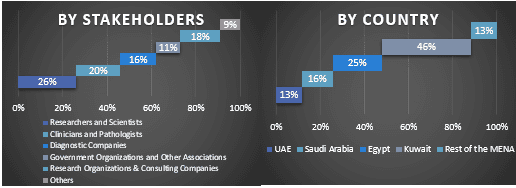
Инжиниринг рынка
Для завершения общей оценки рынка и получения точных статистических данных по каждому сегменту и подсегменту рынка диагностики тканей в регионе MENA была применена техника триангуляции данных. Данные были разделены на несколько сегментов и подсегментов после изучения различных параметров и тенденций в областях продукта, технологии, применения и конечного пользователя на рынке диагностики тканей в регионе MENA.
Основная цель исследования рынка диагностики тканей в регионе MENA
В исследовании были определены текущие и будущие рыночные тенденции рынка диагностики тканей в регионе MENA. Инвесторы могут получить стратегические идеи, чтобы обосновать свое усмотрение в отношении инвестиций на основе качественного и количественного анализа, проведенного в исследовании. Текущие и будущие рыночные тенденции определили общую привлекательность рынка на региональном уровне, предоставив площадку для участников отрасли, чтобы использовать неиспользованный рынок, чтобы извлечь выгоду из преимущества первого хода. Другие количественные цели исследований включают в себя:
- Проанализировать текущий и прогнозируемый размер рынка диагностики тканей в регионе MENA в стоимостном выражении (USD). Также проанализировать текущий и прогнозируемый размер рынка различных сегментов и подсегментов.
- Сегменты в исследовании включают области продукта, технологии, применения и конечного пользователя
- Определение и анализ нормативно-правовой базы для индустрии диагностики тканей в регионе MENA
- Анализ цепочки создания стоимости с учетом присутствия различных посредников, а также анализ поведения клиентов и конкурентов в отрасли
- Проанализировать текущий и прогнозируемый размер рынка диагностики тканей в регионе MENA для основного региона
- Основные страны регионов, изученные в отчете, включают ОАЭ, Саудовскую Аравию, Египет, Кувейт и остальную часть MENA.
- Профили компаний на рынке диагностики тканей в регионе MENA и стратегии роста, принятые игроками рынка для поддержания устойчивости на быстрорастущем рынке
- Углубленный анализ отрасли на региональном уровне
Часто задаваемые вопросы Часто задаваемые вопросы
В1: Каков текущий размер рынка и потенциал роста рынка тканевой диагностики в регионе БВСА (Ближний Восток и Северная Африка)?
В2: Каковы движущие факторы роста рынка тканевой диагностики в регионе БВСА?
В3: Какой сегмент имеет наибольшую долю рынка тканевой диагностики в регионе БВСА по технологиям?
В4: Каковы тенденции на рынке тканевой диагностики в регионе БВСА?
В5: Какой регион будет доминировать на рынке тканевой диагностики в регионе БВСА?
Связанные Отчеты
Клиенты, купившие этот товар, также купили


